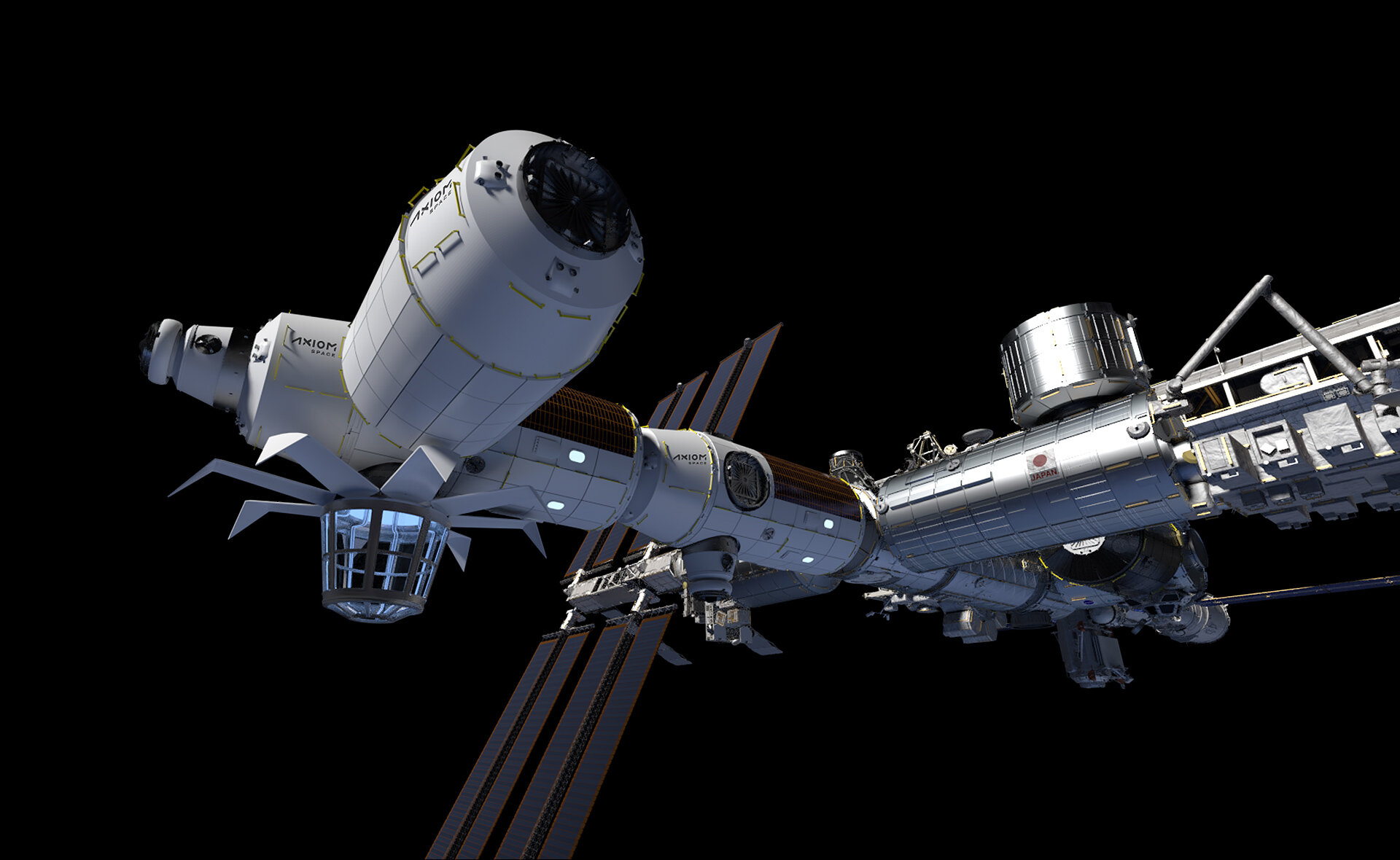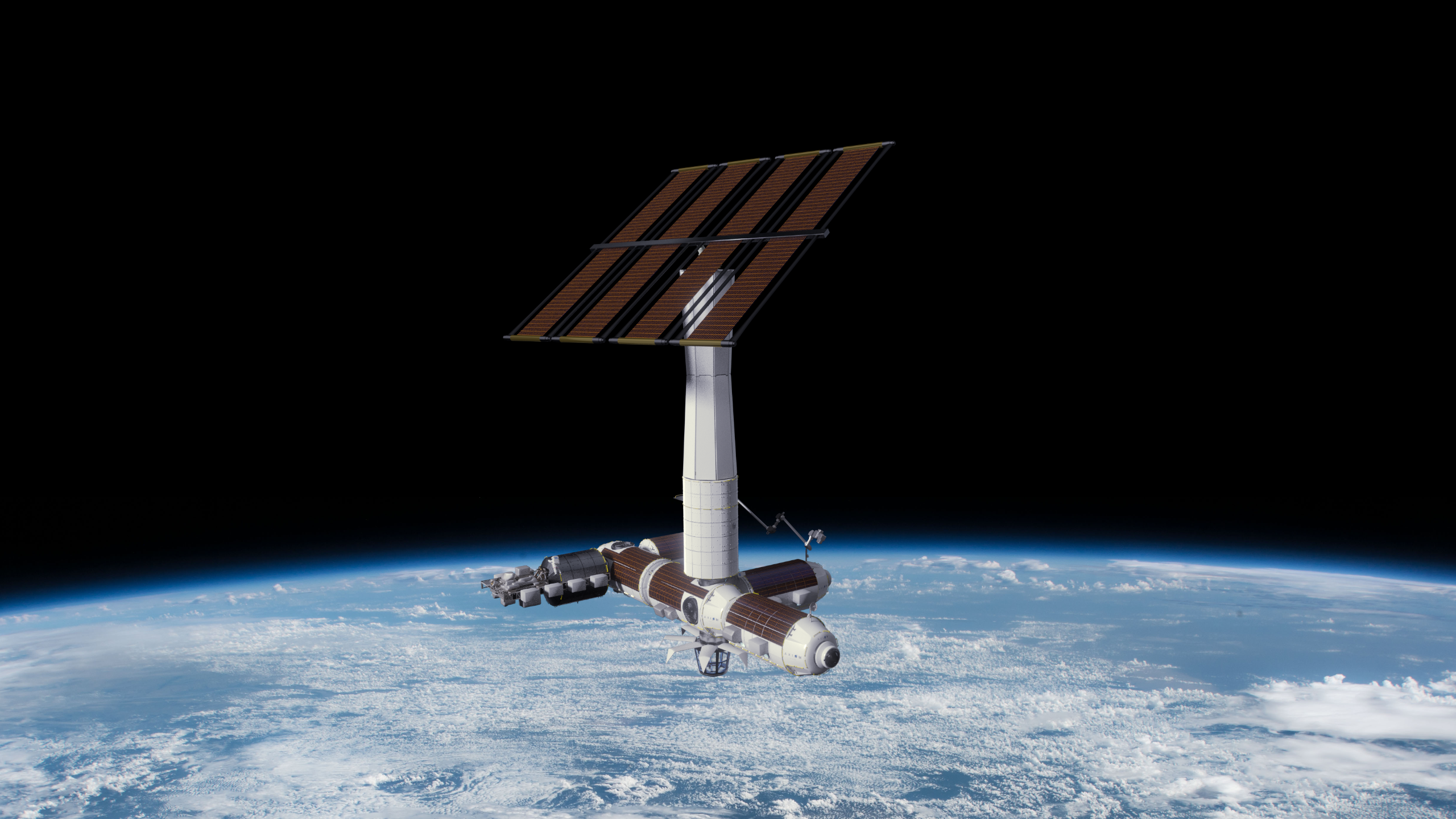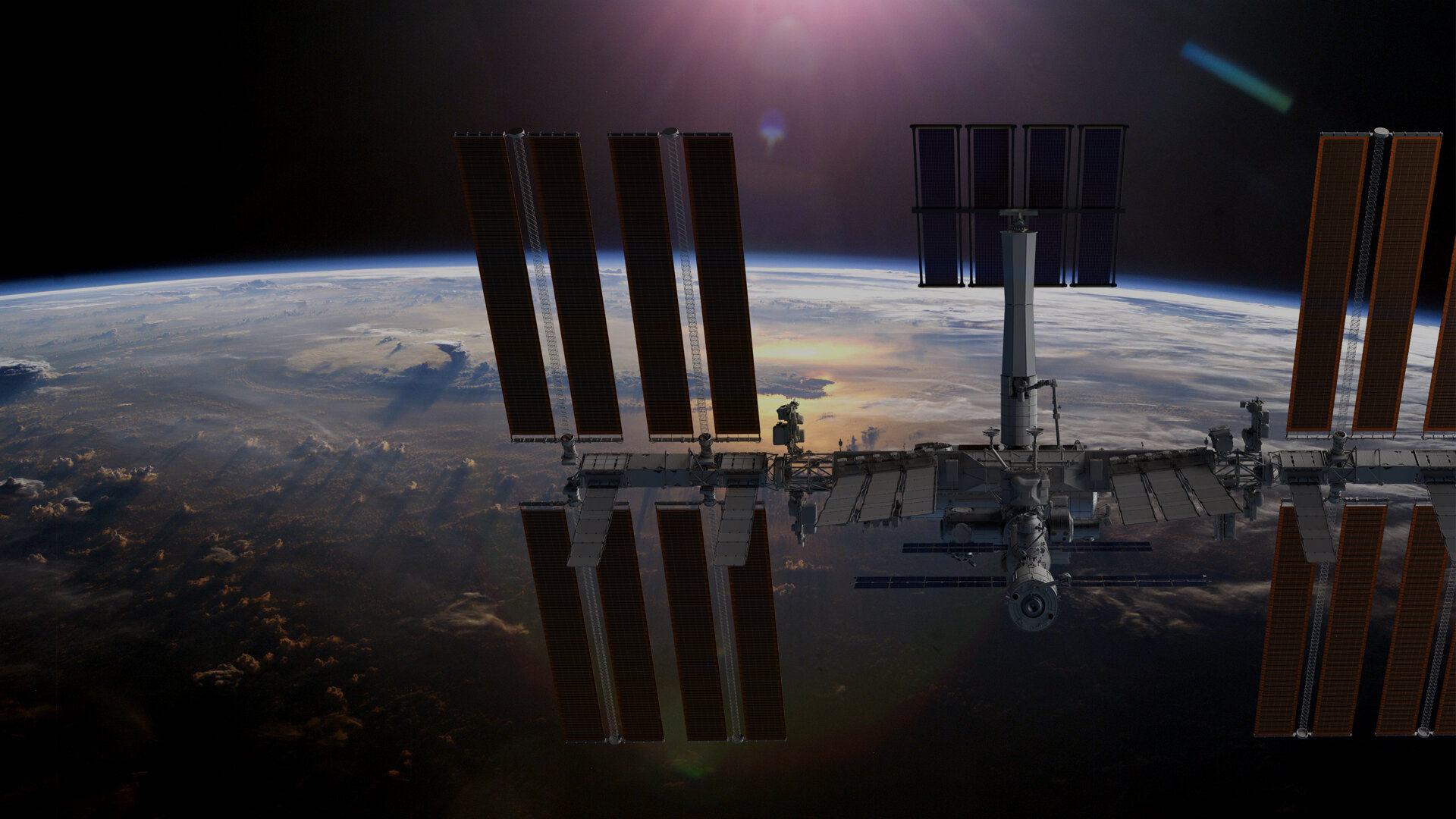
Axiom Space’s Exciting Plans For The Future Of Space
For quite a while now Axiom Space has been hard at work developing and planning to build a commercial space station. The company is working with NASA alongside other agencies to send multiple modules into space and attach them to the International Space Station. However, this brings up the question of why Axiom Space is building one and what are the company’s plans for the future?
Axiom Space is working towards the future of human progress and much more. Specifically, the company is interested in using a commercial space station to learn more about 3D bioprinting, alloys and Superalloys, and protein crystallization. All of which could have a major impact on every human in the future based on research and development. These are just some of the main topics Axiom is excited to look further into.
Space provides a very unique environment that is very different from Earth. Without gravity alone, different projects and ideas can be worked on with different results. While on Earth certain ideas and tests may not have worked, space offers another opportunity. This technology if successful could not only save many human lives but also help us progress towards the future.
Axiom’s Goal

It’s clear when looking at Axiom Space’s plans and goals for the future, the company is looking at the very big picture and the impact they could have. Specifically, Axiom has said “Space settlement and utilization is the next link in a chain that began with our forebears on land, sailed with them across the seas, and followed them into the air. The expanse beyond humanity’s cradle beckons our drive to explore, offers us visions of a brighter future, and holds the most promising environment for problem-solving, creation, and discovery since the Internet.” This statement mentions offering a promising environment for many different things which is referring to microgravity. In this weightless environment in Earth’s orbit, research has led to discoveries in medicine, materials, and manufacturing previously kept hidden by gravity.
In addition, countries have formed bonds and humans have learned to live and work in space all towards a common goal. Axiom also points out that “These space-driven evolutions have fundamentally improved life back on Earth in irreversible ways. And we’ve only scratched the surface of that radical potential. The private company is very confident that a commercial space station is the future by providing more people around the world access to this invaluable environment. This increased access will have a direct positive impact on the future for all humans.
Axiom’s Plans

3D Bioprinting – The first interesting plan Axiom Space is excited about has to do with medical research and more. 3D bioprinting holds the potential for fabrication of reproducible human tissue and whole organs for the purposes of pharmaceutical drug screening, disease research, and regenerative medicine applications. Over time we have managed to make great progress on 3D bioprinting but often have problems in the assembly of soft tissues such as blood vessels and muscles. This is mainly due to terrestrial gravity and the forces imposed on printed tissues that cause structural collapse. In order to overcome these challenges, researchers have experimented with and tested a variety of bio-inks to optimize physiochemical properties.
To support the tissue’s 3D structure, the viscosity of bio-inks is increased to improve rigidity. However, as viscosity is increased, higher pressure is required for extrusion from the bioprinter, which increases shear stress on the cell thereby negatively affecting cell viability. Microgravity can function as a cofactor for the 3D printing of tissues. In the absence of gravitational forces, lower-viscosity bio-inks can be used, improving the printability of bio-inks and the viability of cells. Maintenance of 3D organization allows for the creation of more complex tissue structures such as vascular tubes with retained internal lumens and spaces. Multiple biotech companies are already working on the technology and plan for 3D bioprinting in space. This could easily have a major positive impact on humans across the world in the future.
Alloys & Superalloys – Another plan that has a bright future when used in microgravity has to do with the structure of different metals. Axiom points out that “The weightless environment enables the formation of an alloy’s structure to be driven by diffusion as described by Brownian motion rather than gravity-driven sedimentation. A diffusion-driven process encourages molecules to be distributed evenly in the material and results in a more uniform microstructure.” When an alloy solidifies on Earth, gravity can significantly impact the material’s internal microstructure. Non-uniform densities in materials can cause the alloying elements in an alloy to separate during phase transitions. Microgravity offers opportunities to promote uniformity within a material’s microstructure because of its independence from convection, sedimentation, and hydrostatic pressure.
Looking at Superalloys or high-performance alloys, they often face the issue that the very properties that make these materials attractive, also prevent them from being machined or processed easily on Earth due to their high melting points. Microgravity enables different methodologies for processing and melting the desired amount of alloy material and allows for better control of microstructure uniformity throughout the alloy. An example of this could be, alloy creation can be conducted without a container in microgravity. Containerless processing allows researchers to examine the unique properties of refractory metals not easily studied on Earth and presents a significant opportunity for manufacturing novel, high-performance Superalloys.
Protein Crystallization – The last opportunity that a commercial space station presents focuses on the three-dimensional structure of proteins. These structures and information are used for understanding disease mechanisms, identifying drug targets, and optimizing pharmaceutical drug design. The process of protein crystallization presents many different challenges including the production of high-quality crystals and much more. It is often called a trial-and-error process and is by no means easy. However, microgravity presents some very important possible advantages to this process that Axiom Space points out. Multiple studies over the past few decades have demonstrated that protein crystals produced in a microgravity environment grow larger and produce higher quality crystals for diffraction than on Earth. This is likely because, in microgravity, proteins do not sediment out of solution before they are able to crystallize.
A microgravity environment also results in reduced buoyancy-driven convective current, or fluid movement that disrupts crystallization. These more uniform and slower-growing conditions lead to fewer but larger and higher-quality protein crystals. In addition, difficult-to-crystalize proteins such as the membrane protein 5 photosystem I and the pharmaceutically important monoclonal antibody pembrolizumab have been successfully crystallized in microgravity. Many different pharmaceutical companies are investing in microgravity research to enhance protein crystallization. They are using these same studies to better understand the structure-function of drugs and their target as well. Axiom’s Space station could have a direct impact on the future of this research.
Conclusion
Axiom Space is well on its way to sending the first module into space. If everything goes according to plan, the company will send some of its first modules into space within a few years. This could have a positive impact on many different things including 3D bioprinting, alloys and Superalloys, and protein crystallization. All of which would have a major positive impact on Earth and each human living on it. Space provides a very unique environment thanks to microgravity. Axiom Space wants to harness this environment and make it more accessible to different people and companies around the world. We will have to wait and see how Axiom Space progresses and the impact this research has on the future of not only the space industry but the world.
